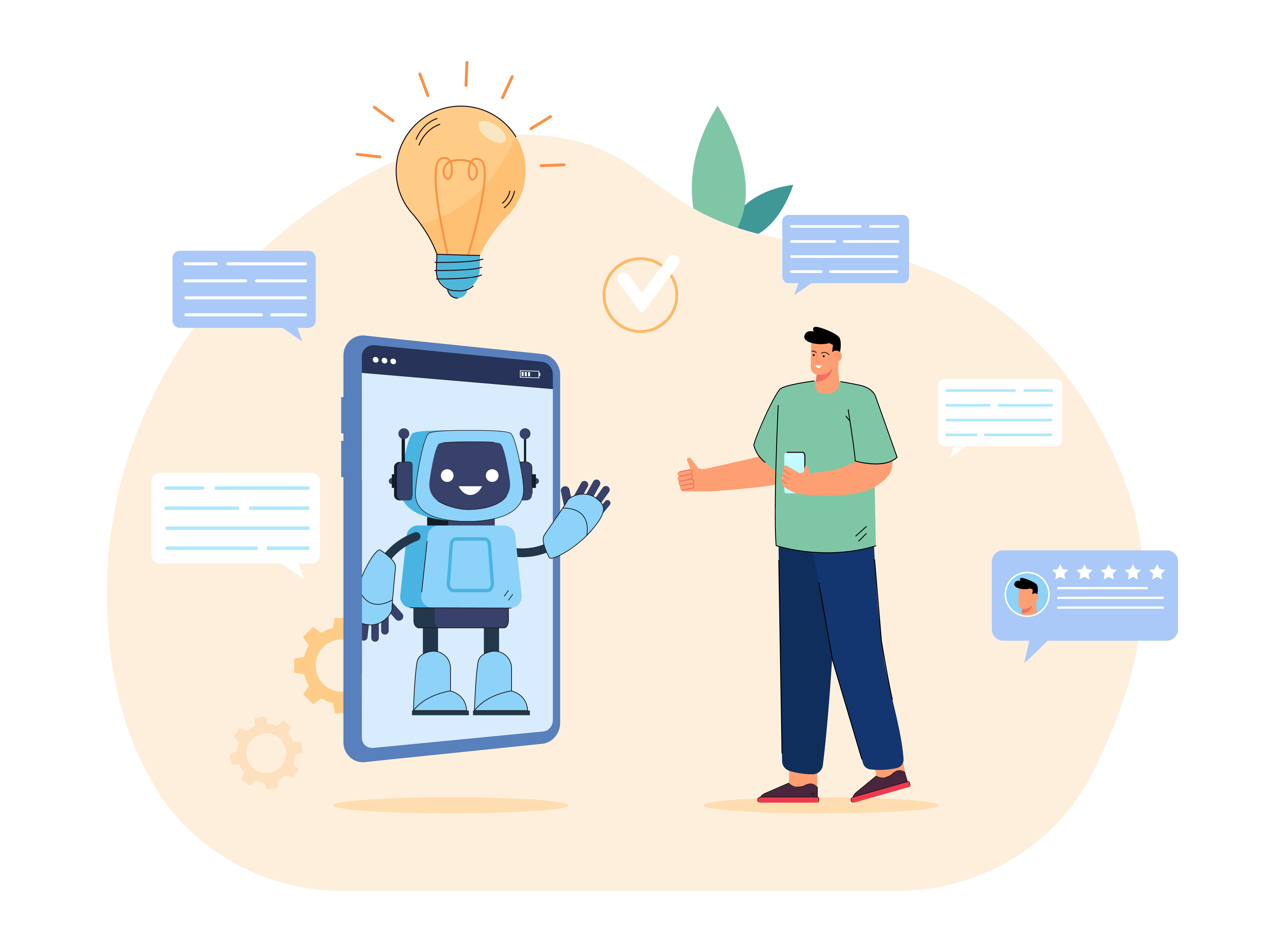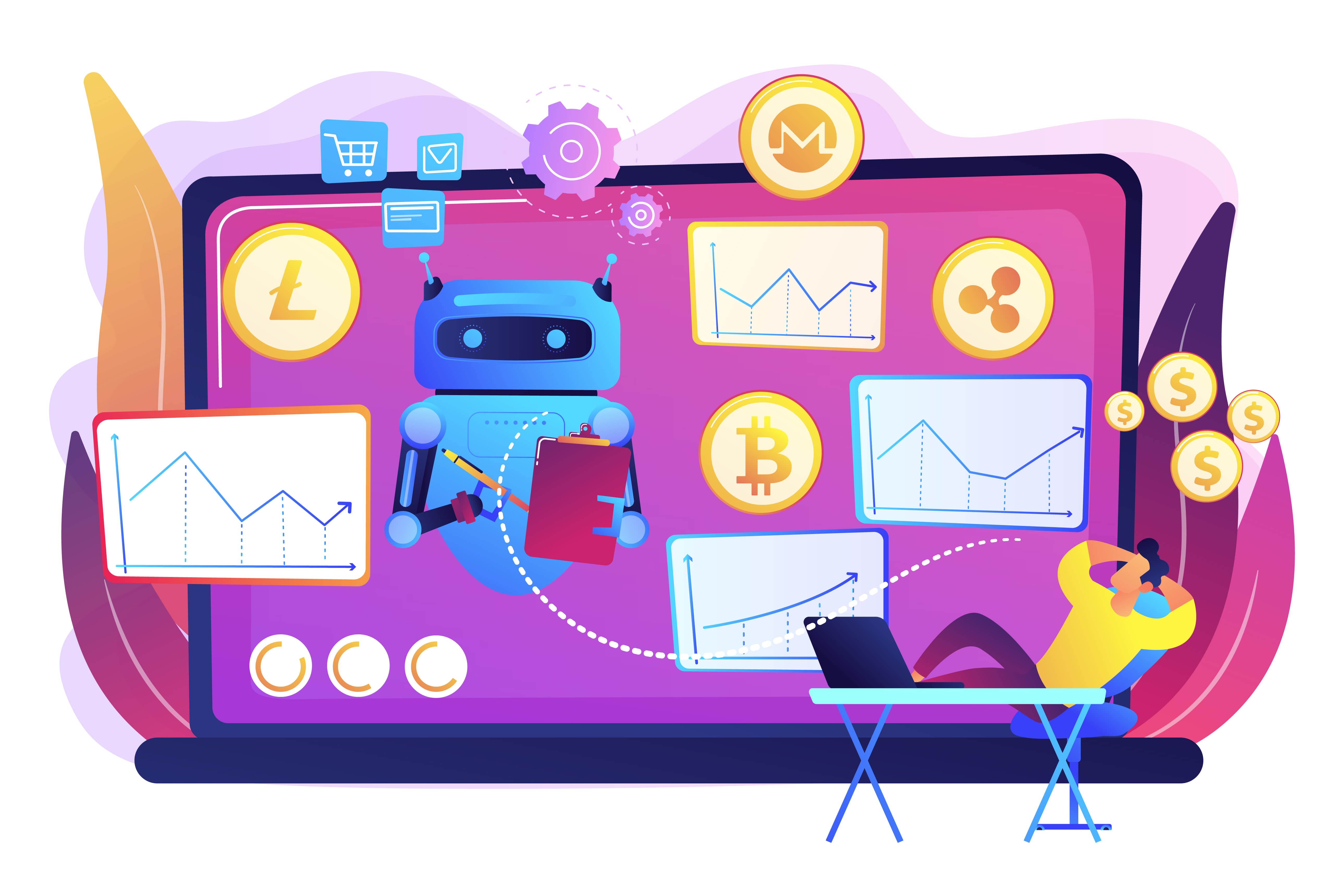The Complete Guide to Marketing Automation in 2025: Tools & Strategies


Marketing automation keeps evolving fast in 2025. It lets teams handle emails, social posts, and ads without constant manual effort.
This guide breaks it down simply. We cover what marketing automation means, why it helps, how it runs, and top tools. And we pull in fresh stats to show its impact.
Ready to see how it fits your work?
What is Marketing Automation?
Marketing automation uses software to tackle repetitive tasks. It sends emails, schedules social updates, runs ads, and analyzes data quickly. But it goes beyond email alone. Email plays a role, yet marketing automation covers social media, audience grouping, and performance tracking too.
Companies turn to marketing automation because manual processes fall short. Customer needs change rapidly, and data grows nonstop. Tools send welcome messages to new sign-ups or post content at peak times. One expert notes it builds repeatable systems for emails and forms. That frees teams for strategy and outcomes.
What is marketing automation at its core? A reliable system that handles routine work. It makes digital marketing automation smarter overall.
Fresh data backs this up. Seventy percent of marketing leaders plan to boost investment in marketing automation this year. And 80 percent of users see better lead generation.
Why Marketing Automation Matters
Teams deal with endless channels and tight timelines in 2025. Around 76 percent of marketers use marketing automation more than sales teams do. Manual ways cause delays and slip-ups. Marketing automation keeps everything on track.

Check these benefits:
- Handles repetitive jobs, like follow-up emails.
- Grows campaigns over email, SMS, and social without overwhelming staff.
- Spots leads faster through scoring and automated checks.
- Measures ROI with live dashboards.
- Links tools and teams for clean workflows.
- Pulls insights from customer data to adjust campaigns instantly.
- Crafts personal messages for stronger experiences.
- Runs tests and tweaks automatically.
- Holds brand style steady across posts and pages.
Marketing automation sharpens focus on groups by behavior. It drops tedious steps, lifts productivity, cuts costs, and raises revenue. Take lead nurturing. It sends targeted content based on actions, converting more visitors to customers. That drives the point home.
Content marketing, often tied to automation, generates leads for 67% of marketers, a 7% jump from last year.
How Marketing Automation Works
Marketing automation shifts chaotic steps into data-backed routines. Start by matching sales and marketing goals. Spot issues, like delayed leads, and automate fixes. For example, direct social queries to sales right away.
Group customers next. Use actions or details, like new buyers or cart abandoners, for custom content. Map a marketing automation strategy. Pick triggers, such as price questions, and select responses, like chatbot discounts.
Analytics follow. Build flows to monitor results and send reports on autopilot. Schedule stakeholder updates in PDFs. Refine with data last. Evening posts with high clicks? Shift schedules to match.
Solid data fuels it all. Track actions over channels, create profiles, and apply them for sharp campaigns. Keep data clean and current. Messy info leads to off-target efforts.
In 2025, trends like AI analytics and no-code setups reshape marketing automation. This makes strategies more agile.
Examples of Marketing Automation
Marketing automation spans strategies. Here come common types.

Email Automation
Email leads channels, but hand-sending drags. Automation groups audiences and times messages. Welcome notes for subscribers. Cart reminders. Re-engagement pushes. Confirmations. Nurture paths. Newsletters.
Social Media Automation
Users want fast answers, 73% switch brands if overlooked. Automation posts steadily and replies quick. Schedules across sites. Routes notes to teams. Chatbots for basics. Gathers analytics. Alerts on mentions.
Audience Analysis Automation
Sort by behavior or phase for spot-on messages. Pin high-intent leads. Rank by email clicks. Target ads from actions. Filter by spots and traits.
Workflow Automation
Joins tasks to trim errors. Auto-alerts on updates. Content approvals. Lead scores for sales. Inbound routing.
Analytics Automation
Data floods in. Automation crafts reports. Live views. Timed ROI summaries. Open and click overviews.
Advertising Automation
Delivers ads timely. Retarget from behaviors. Personal spots for groups. Budgets to winners. A/B tests. Geo-ads. SMS timing.
More? Social scheduling, email runs, tests, retargets, personal paths. Automation saves hours and hones outcomes.
How AI Powers Marketing Automation
AI amps up marketing automation. Automation speeds basics, but AI predicts and suggests with data.
They team up for efficiency and smarts. Social? Automation posts, AI picks times for max engagement. It sparks ideas, like post drafts.
AI flags next steps, like email sends or lead calls. Personalizes big-scale, with tailored offers. Chatbots field queries over sites or SMS, cutting tickets no extra hires.
In 2025, AI in digital marketing automation optimizes beyond social. Emails, ads, workflows all sharper. Sixty-four percent of marketers use it daily.
Top Marketing Automation Tools
Pick software to launch marketing automation. Standouts include Sprout Social, HubSpot, Adobe Marketo Engage, Salesforce Marketing Cloud, Zapier, ActiveCampaign, Omnisend, Encharge, and Teknon.

Quick view:
- Sprout Social: Social posts, engagement, analytics. Strong for schedules and reports.
- HubSpot: CRM, email, scoring, tasks. Suits detailed flows.
- Marketo Engage: Lead paths, personal touches. Enterprise fit.
- Salesforce Marketing Cloud: CRM sync, AI scores for B2B.
- Zapier: Links 5,000+ apps for workflows. Code-free.
- ActiveCampaign: Email, CRM, ecommerce for midsize.
- Omnisend: Ecommerce email, SMS, offers.
- Encharge: SaaS behavior flows, scoring.
- Teknon: Full marketing automation with SMS, social, email. Features automated workflows, dynamic segments, real-time insights, AI optimization. Handles campaigns, personalization, analytics.
Teknon shines for integrated services. It crafts messages, visuals, targets across channels. Trigger comms for welcomes or re-engages. Segments by behavior. Tracks opens, clicks. AI boosts content. Plus, full content marketing: blogs, web copy, ebooks, social, PR.
Customer wins? SIGTAX saw 60 percent organic traffic rise, 40 percent more leads. Appvales hit 57 percent traffic boost. Idea Digital scaled production 5x.
How to Pick the Right Tool?
Fit depends on goals, team, tech. Weigh these:
- Matches business? Ecommerce, B2B?
- Easy learn? Simple builders?
- Complex flows? Branch logic?
- CRM links?
- Covers email, SMS, social, ads?
- Automates social posts, engagement?
- Reports deep or basic?
Trial free versions. Loop in CRM, sales early. Goals guide the choice.
Best Practices for Rolling Out Marketing Automation
Rollout done right yields wins. Align teams on metrics, like leads or responses. Begin small, say welcome sequences.
Clean data, duplicates out, fields standard. Link CRM, analytics pre-launch. Test flows to spot duplicates.
Goals for ROI, conversions; productivity, task cuts. Buy-in from sales, support. Phase in for tweaks. Track opens, conversions to refine.
Avoid full auto. Human touch stays. Quality content, performance checks.
Start Your Marketing Automation Journey
Marketing automation fixes disconnects, slows, repeats. Teams collaborate, experiences consistent.
In 2025, try services like Teknon. Fix gaps, grow strategy for results. Head to teknon.io for a strategy call.
FAQs
What is a marketing automation platform?
A marketing automation platform is software that automates repetitive marketing tasks like emails, social media, and lead tracking. It streamlines campaigns and personalizes customer interactions at scale.
What types of marketing automation platforms exist?
Common types include email automation, CRM-based automation, social media automation, and all-in-one platforms combining multiple tools. Each type targets different stages of the marketing funnel.
What is the main goal of marketing automation?
Its main goal is to simplify and optimize marketing workflows while increasing efficiency and conversion rates through data-driven automation.
How does marketing automation improve lead generation?
It nurtures leads automatically with targeted content, tracks engagement, and scores prospects based on behavior to prioritize sales efforts.
How does marketing automation reduce costs and boost productivity?
By automating repetitive tasks, it reduces labor costs, minimizes human error, and allows marketers to focus on creative and strategic work.
How does marketing automation help with customer retention?
It improves retention through personalized follow-ups, loyalty campaigns, and consistent communication that keeps customers engaged post-purchase.
What are the essential features of a marketing automation platform?
Key features include email workflows, lead scoring, segmentation, analytics dashboards, CRM integration, and campaign tracking tools.
What are the key steps to implement marketing automation?
Identify goals, choose the right platform, integrate data sources, design automated workflows, test campaigns, and continuously monitor performance.
Ready to market smarter, not harder?
Book a free strategy call to discover how Teknon:
✔️Can create the perfect strategy regardless of budget
✔️Simplifies marketing with proven & effective strategies
✔️Helps you market better, faster, and cheaper
✔️Beats in-house hiring, agencies and freelancers



